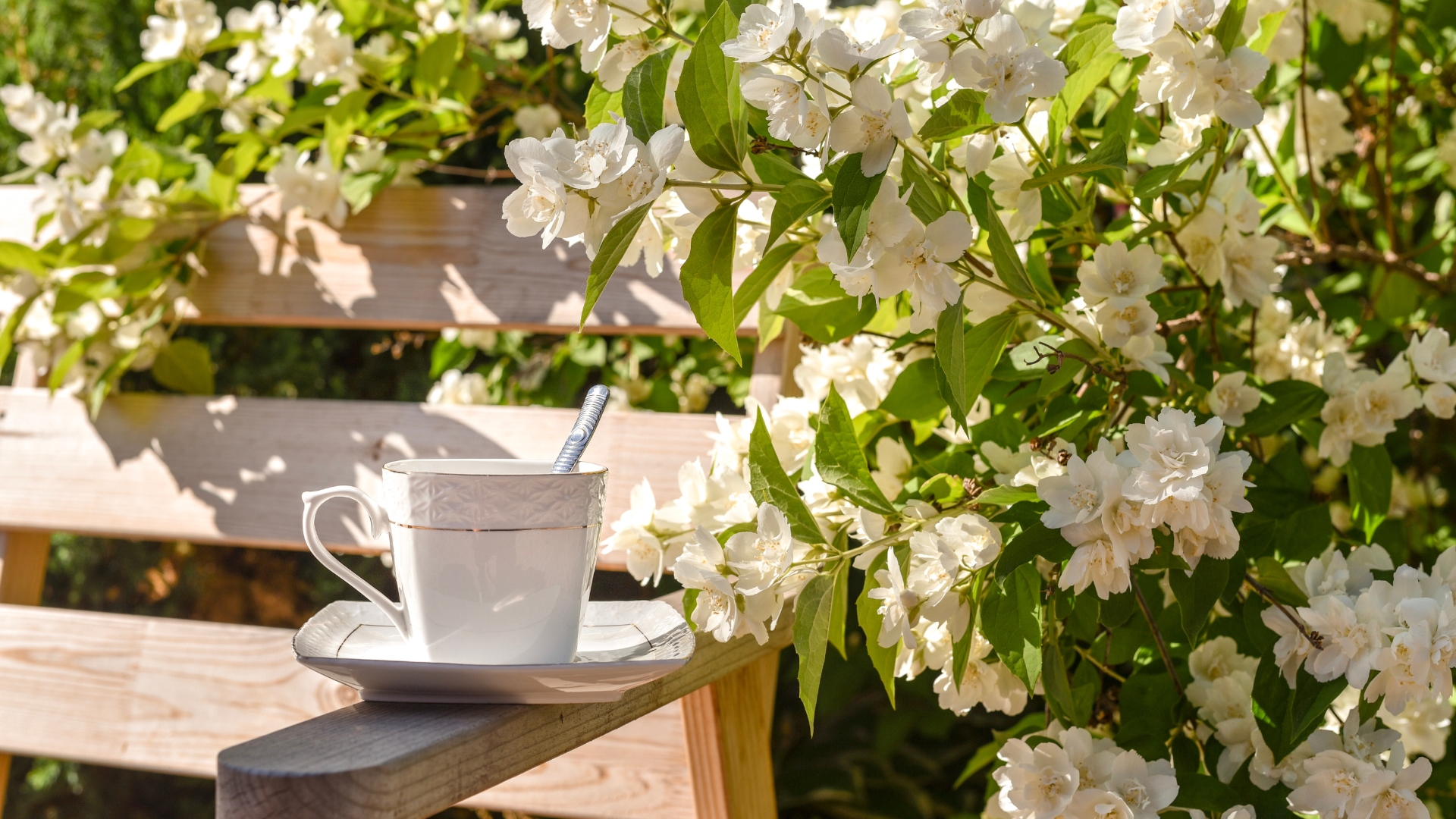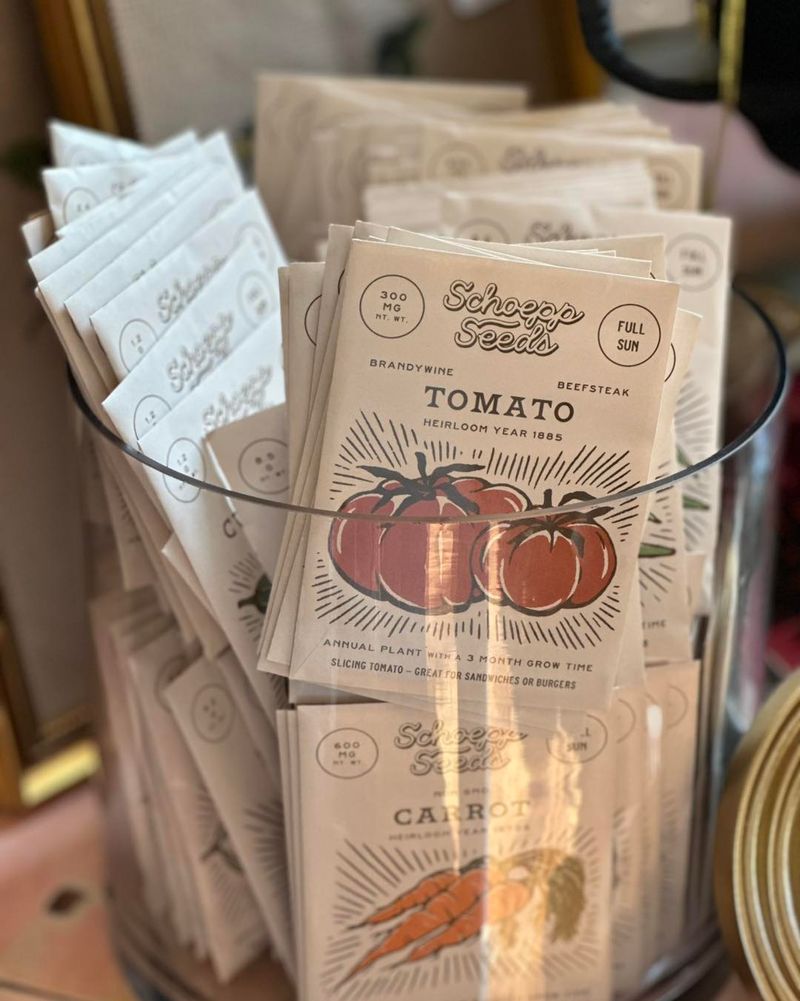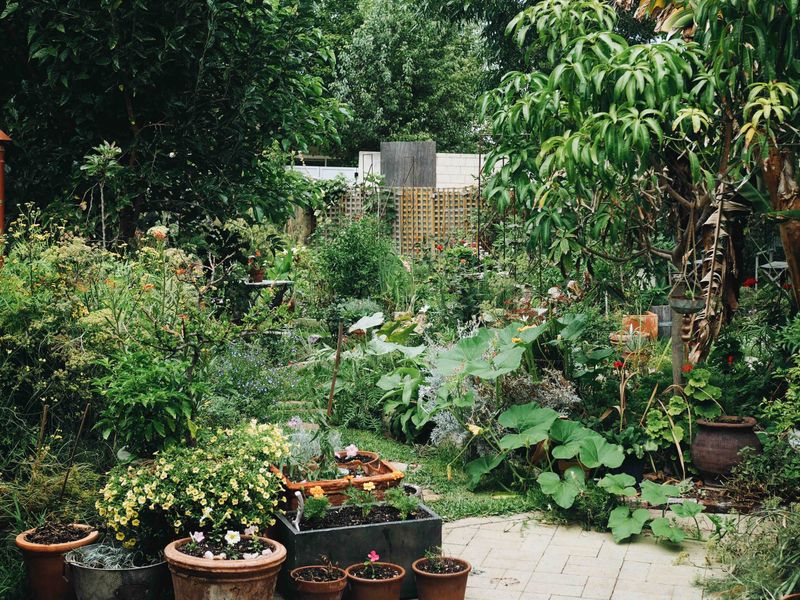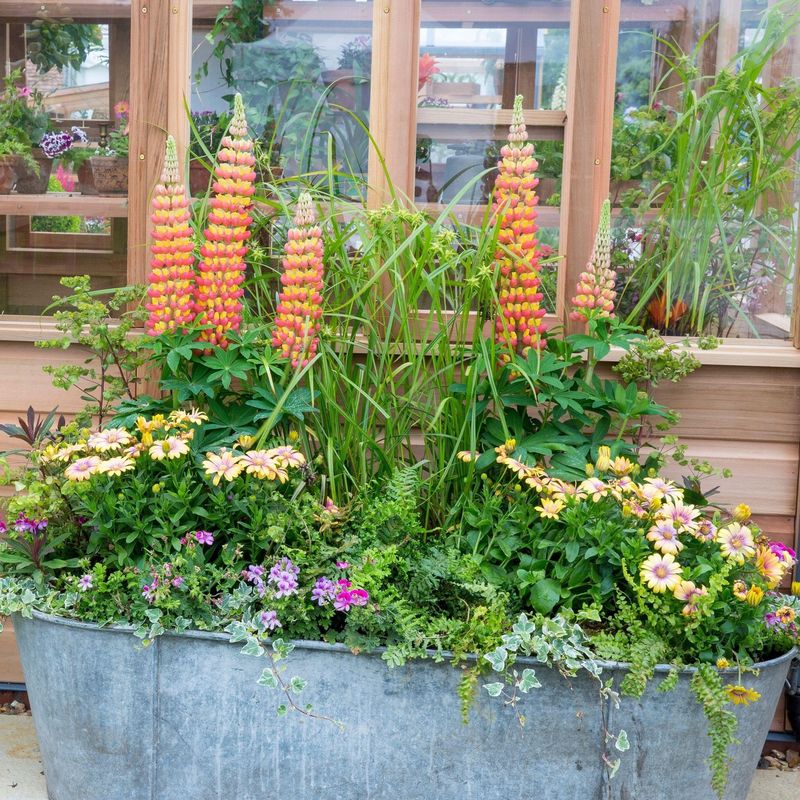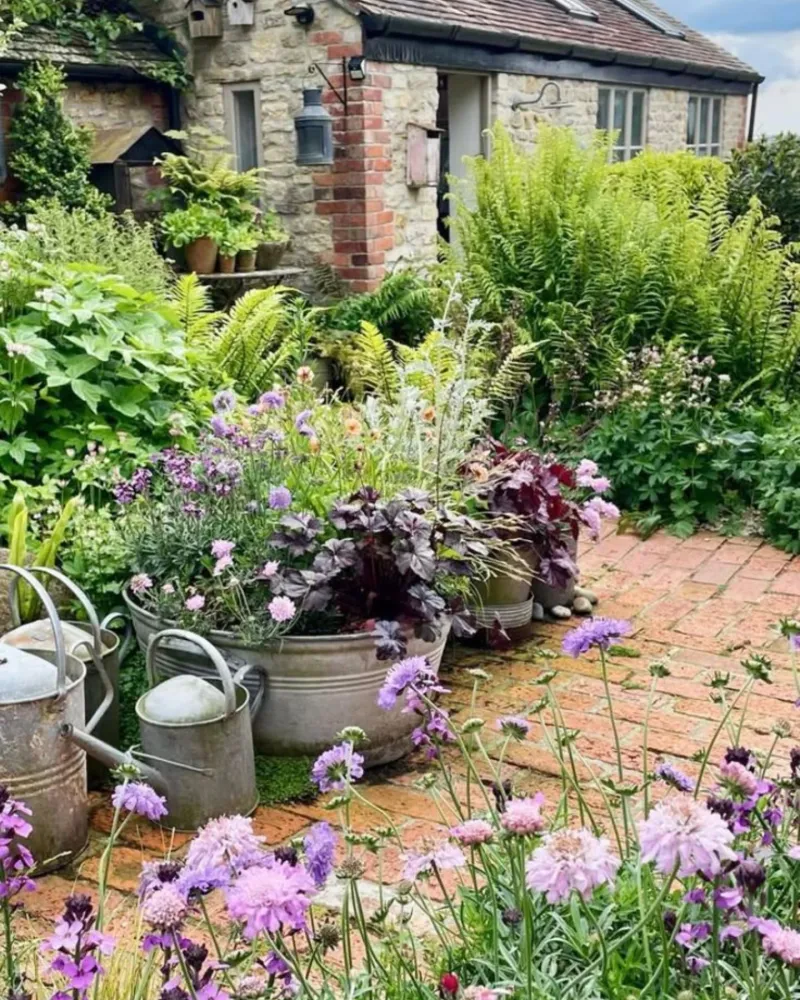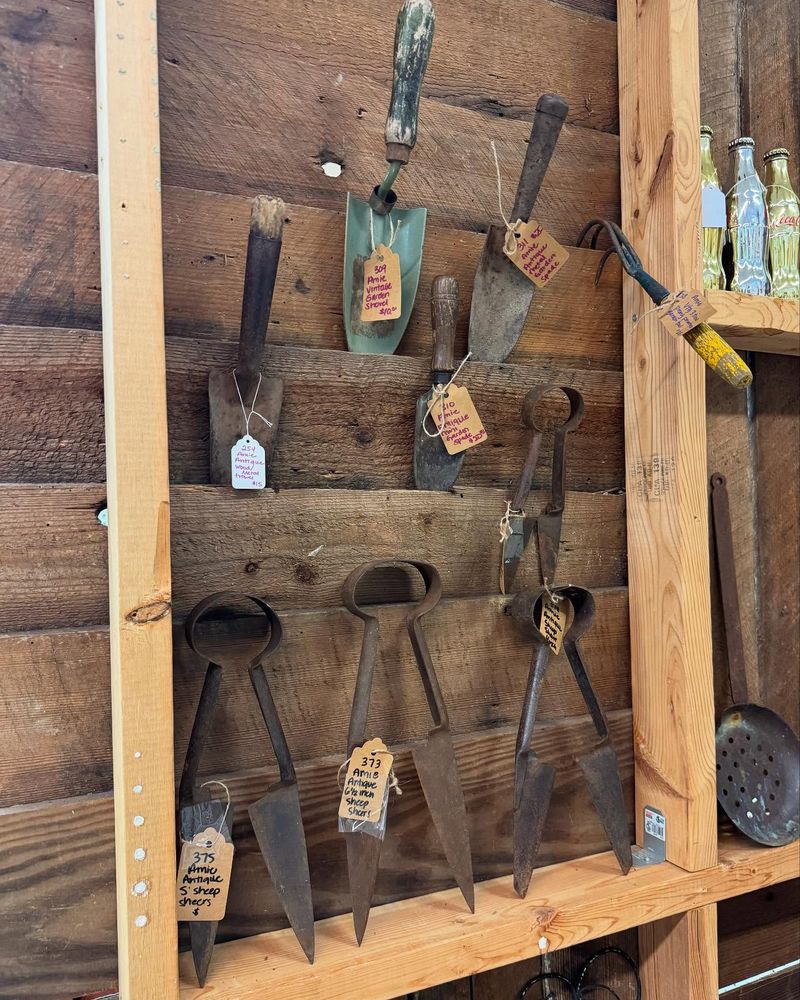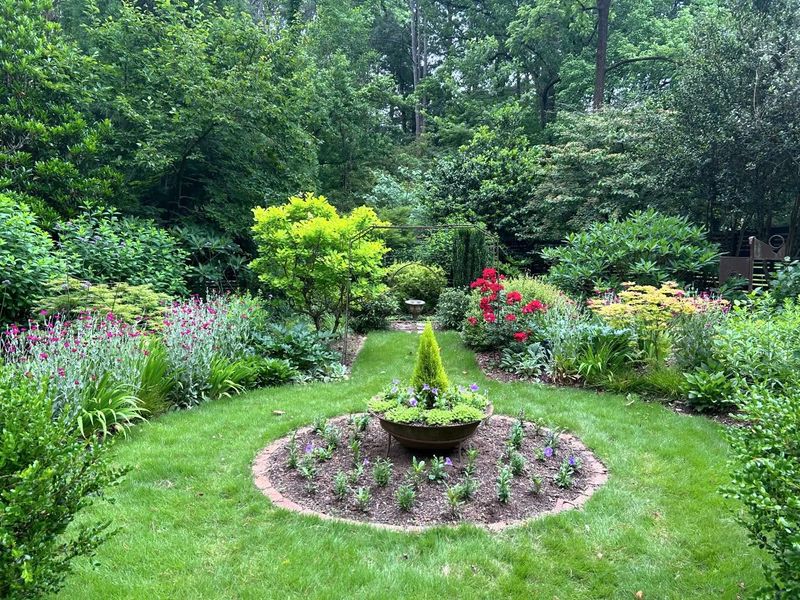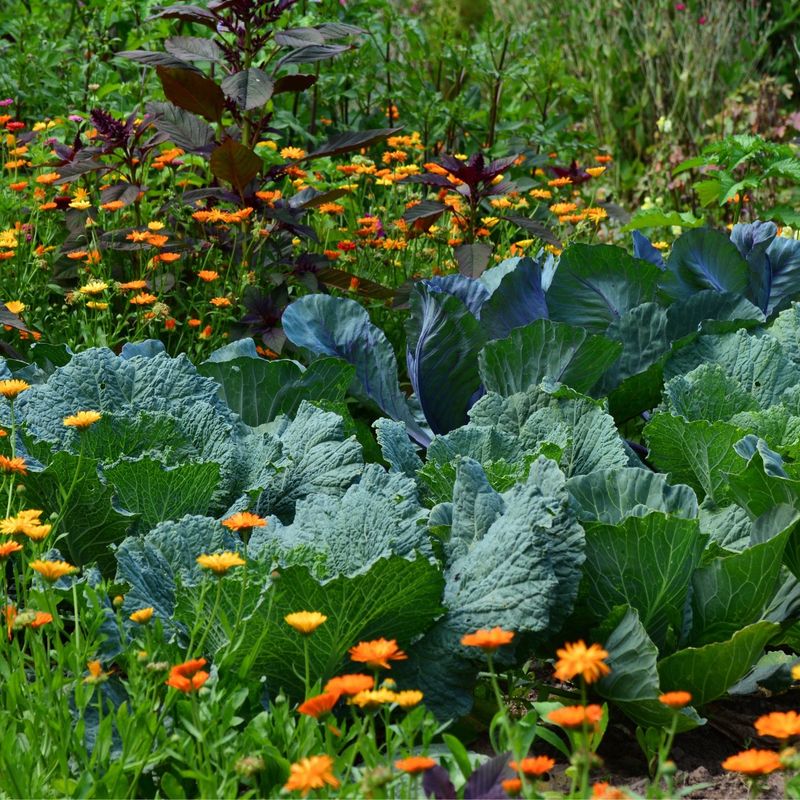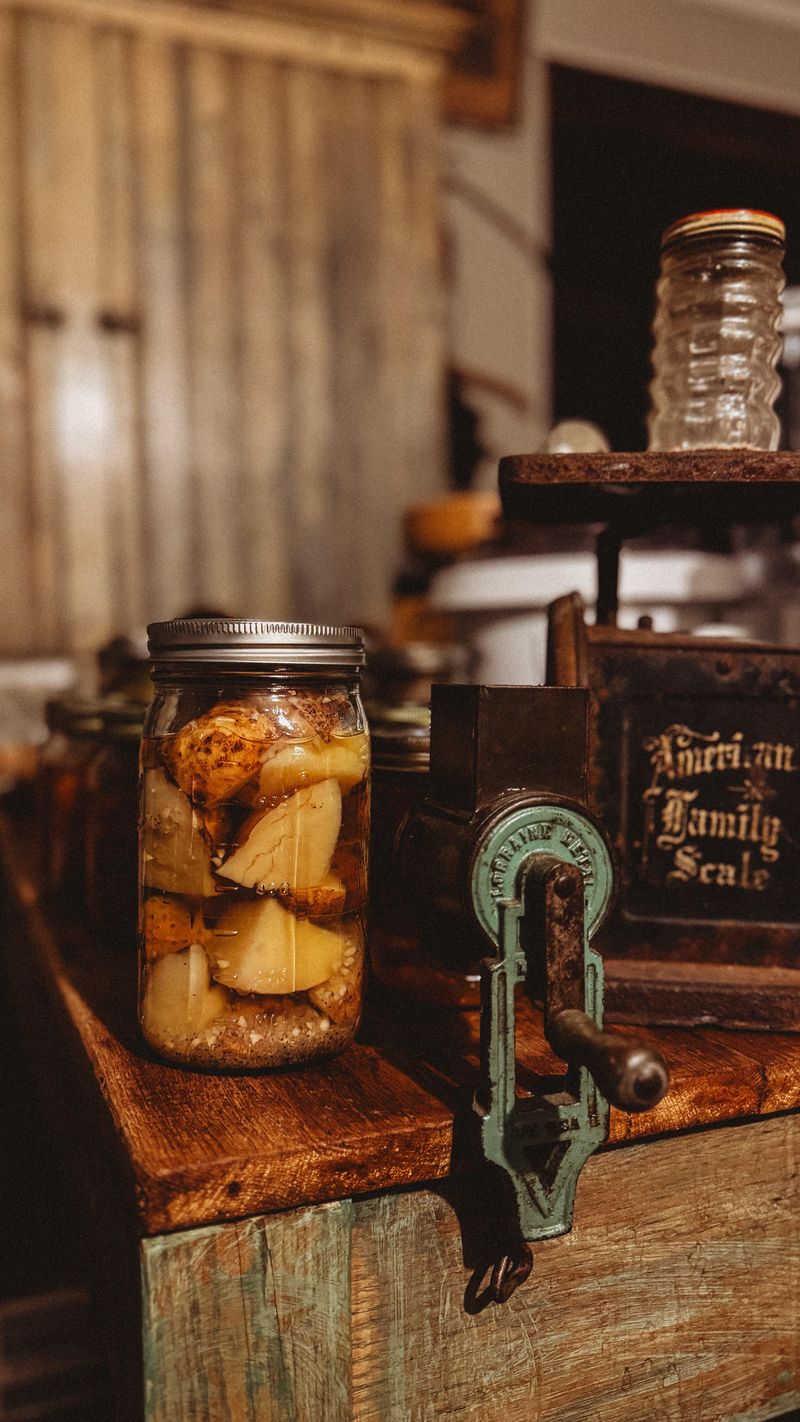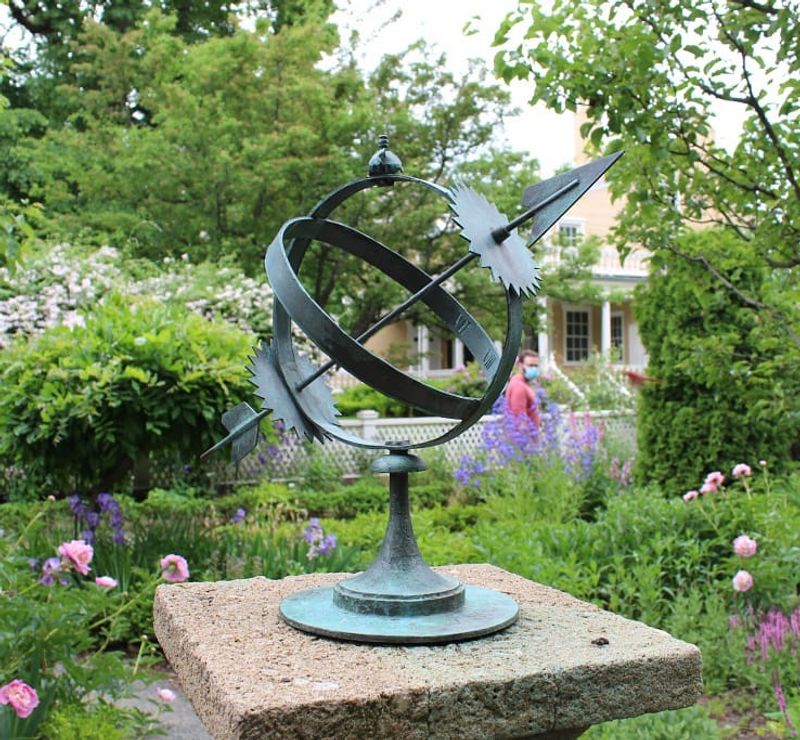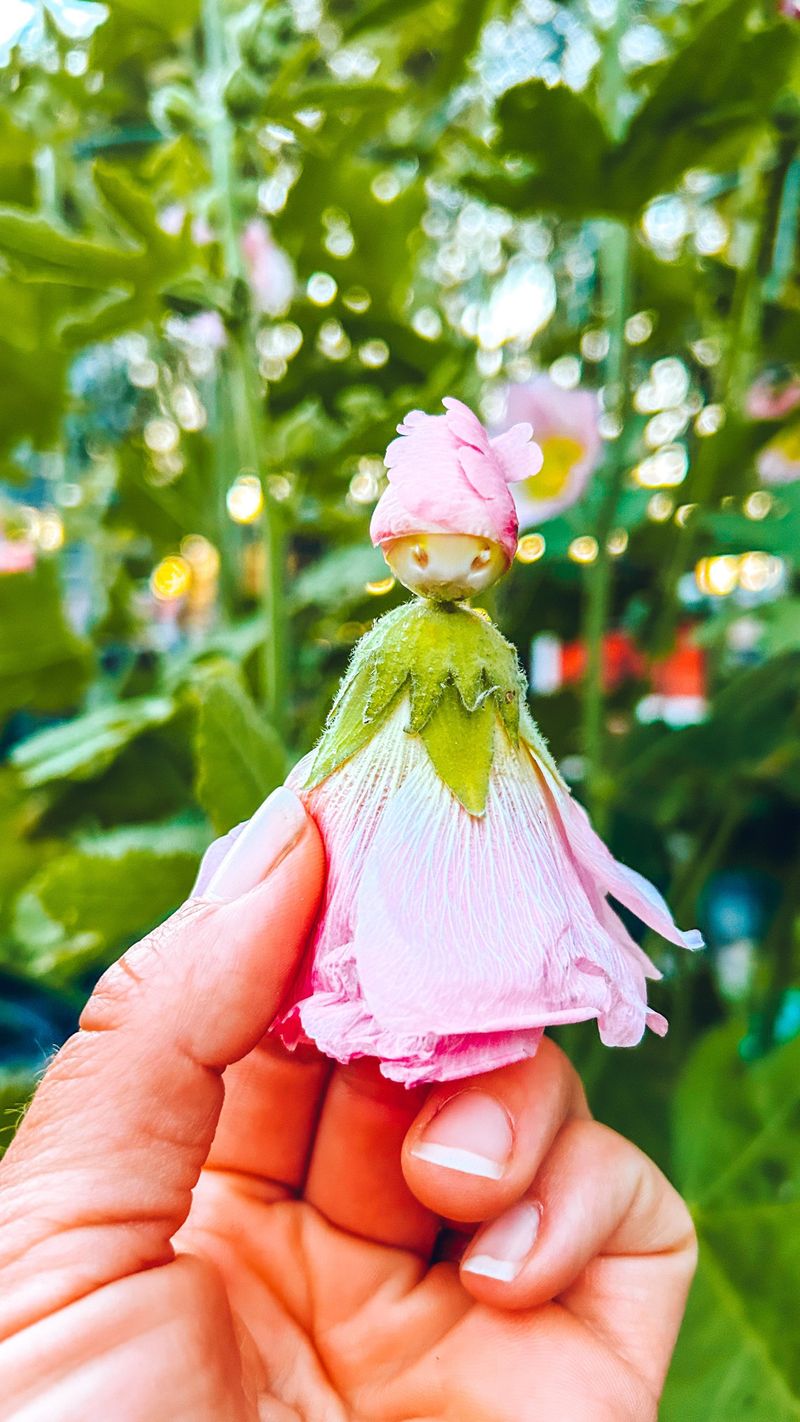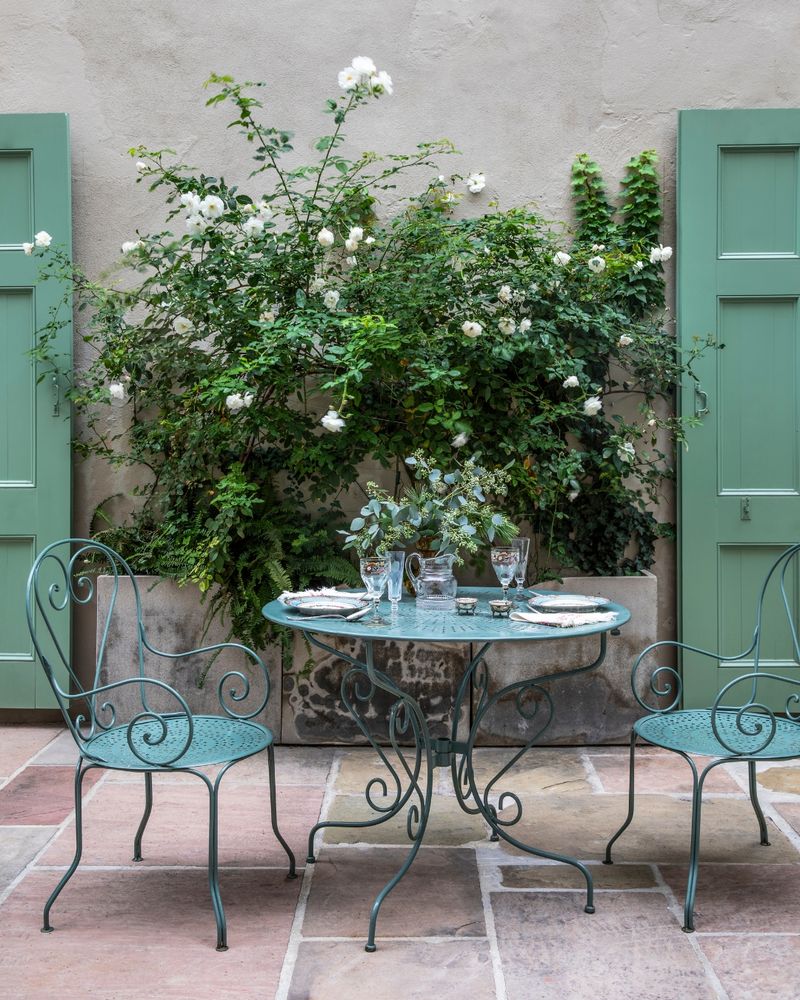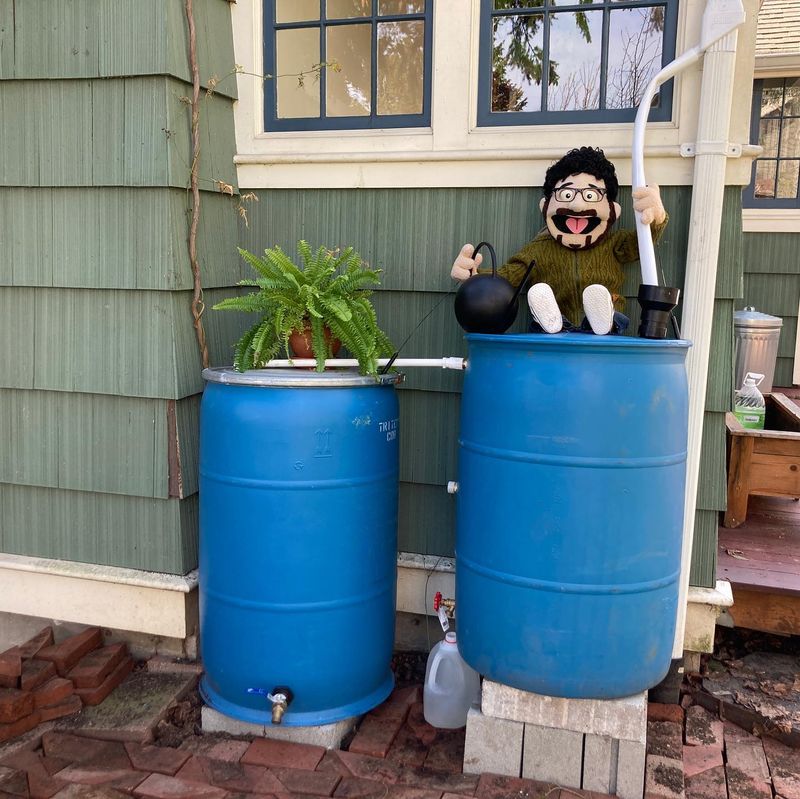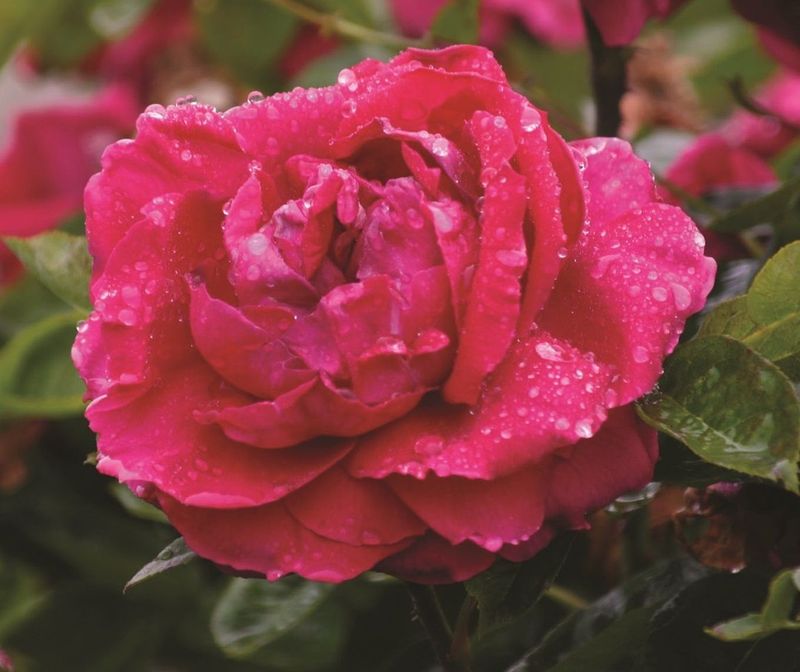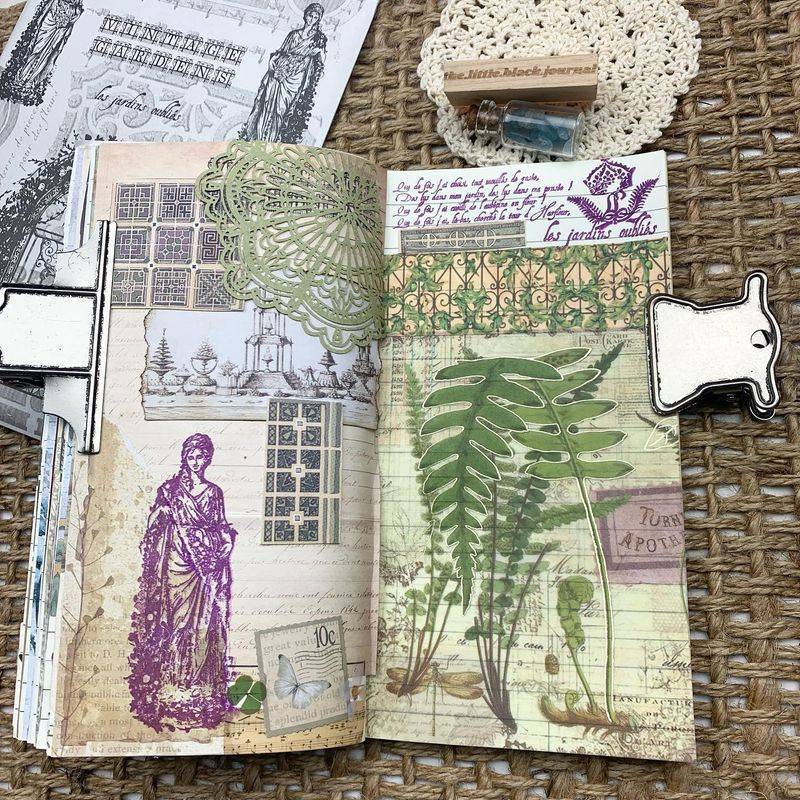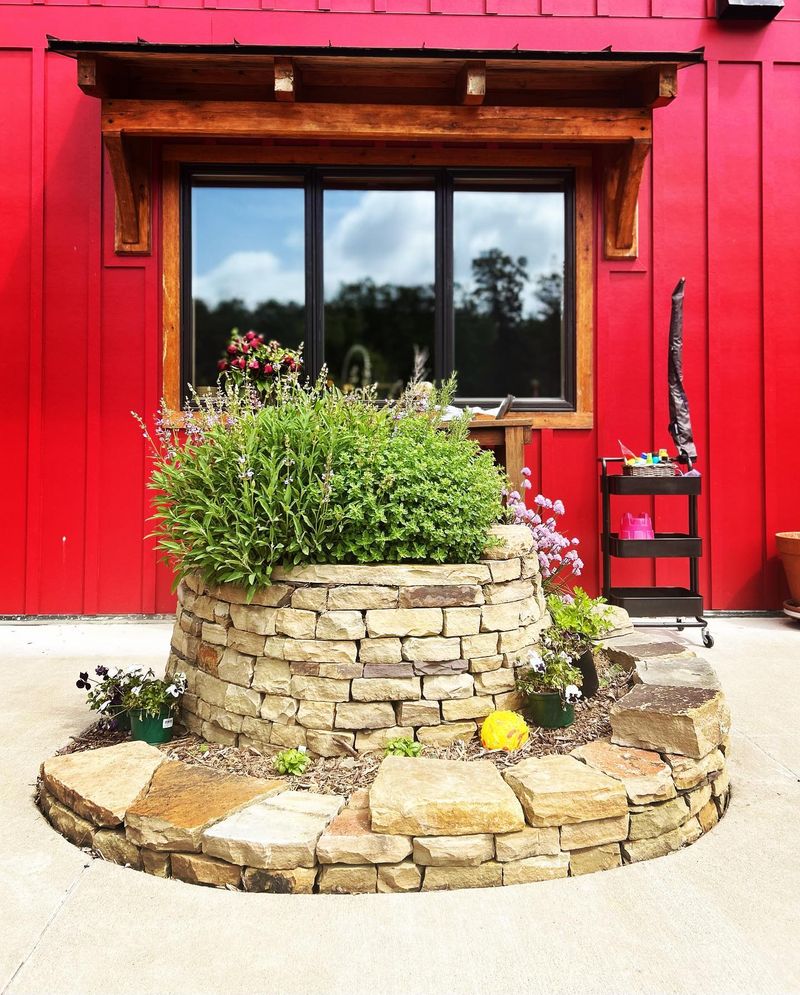Nostalgia gardening is all about bringing back those good old garden vibes that just feel right. From classic flowers to simple touches, it’s an easy way to make your outdoor space feel cozy and inviting.
You’ll love these 10 reasons why it’s so satisfying to grow this way. Plus, I’ve got some fun vintage-inspired ideas to try that don’t take much effort.
Let’s make your garden a little more personal and a lot more charming!
1. Heirloom Seeds
Passed down through generations, these treasures carry stories as rich as their flavors. Unlike modern hybrids, heirlooms offer unique colors, tastes, and historical significance you won’t find in store-bought produce.
Many gardeners find joy in preserving these living antiques, connecting with ancestors who grew the same varieties. Some heirlooms date back hundreds of years, with Cherokee Purple tomatoes and Moon and Stars watermelons being particular favorites among nostalgic gardeners.
2. Victory Garden Revival
Born from necessity during wartime, victory gardens are experiencing a renaissance for entirely new reasons. Modern families are embracing self-sufficiency and teaching children where food comes from through these practical plots.
The satisfaction of growing your own vegetables mirrors what our grandparents felt during challenging times. Creating your own victory garden combines patriotic history with modern sustainability goals, making it both meaningful and practical for today’s gardeners.
3. Repurposed Containers
Grandmother’s chipped enamel washbasin? Perfect for petunias! Old-fashioned items find new purpose as charming planters that add instant character to any garden space while reducing waste and consumption.
Rusty wheelbarrows, vintage suitcases, and antique watering cans transform into conversation pieces when filled with cascading flowers. The contrast between weathered containers and vibrant blooms creates a visual storytelling element that modern pots simply can’t match.
4. Cottage Garden Design
Forget rigid rows and perfect symmetry! Cottage gardens embrace delightful chaos with flowers, herbs, and vegetables mingling freely. This traditional approach feels like stepping into a living painting where nature sets the rules.
Bee balm, hollyhocks, and foxgloves create vertical interest while lavender and thyme spill over pathways. The resulting tapestry of colors, textures, and fragrances invites exploration and creates habitat for beneficial insects that keep your garden naturally healthy.
5. Hand Tools
Well-worn wooden handles and solid metal heads – vintage garden tools were built to last generations. Many gardeners discover their grandmother’s trowel works better than anything available today, with craftsmanship that stands the test of time.
Beyond practicality, these tools carry emotional connections to gardeners who came before us. The satisfying heft of a quality hand tool connects us physically to the earth in ways plastic alternatives simply cannot replicate.
6. Moon Planting
Long before scientific agriculture, our ancestors followed lunar cycles for planting guidance. This ancient practice suggests planting above-ground crops during the waxing moon and root crops during the waning phase to maximize growth potential.
While modern science debates its effectiveness, many gardeners find comfort in these traditional rhythms. Following the moon connects gardening to something larger than ourselves, adding meaning to everyday garden tasks through celestial observation.
7. Companion Planting
Native Americans taught European settlers about the Three Sisters method – growing corn, beans, and squash together for mutual benefit. This wisdom has expanded into comprehensive companion planting strategies that reduce pests naturally.
Marigolds deter nematodes while nasturtiums attract aphids away from vegetables. These time-tested combinations demonstrate how our ancestors understood plant relationships long before modern science explained why they work, proving sometimes the old ways are the best ways.
8. Canning and Preserving
The satisfying pop of a sealed jar represents summer’s bounty saved for winter enjoyment. Modern gardeners are rediscovering the pride that comes from preserving their harvest through traditional methods like water bath canning and fermentation.
Beyond practical food storage, these techniques connect us to seasonal rhythms our ancestors lived by. Shelves lined with jewel-toned jars of tomatoes, pickles, and jams become both practical pantry staples and visual reminders of garden abundance.
9. Sundials and Garden Ornaments
Before digital watches and smartphones, gardens marked time differently. Sundials, weathervanes, and gazing balls weren’t just decorative – they served practical purposes while adding visual interest to outdoor spaces.
These traditional elements bring both function and folklore to modern gardens. A well-placed armillary sphere or concrete birdbath creates a focal point that draws the eye while connecting your garden to historical traditions of outdoor decoration.
10. Hollyhock Dolls
Before plastic toys dominated childhood, nature provided imaginative playthings. Hollyhock flowers transform into delicate dolls with just a toothpick and creativity – a craft passed through generations of gardening families.
Creating these ephemeral toys connects children to plants in meaningful ways. The tradition encourages observation of flower parts while developing fine motor skills, making garden time educational without feeling like a lesson.
11. Wrought Iron Furniture
Graceful scrollwork catches morning dew like diamonds on vintage garden furniture that improves with age. Unlike disposable patio sets, these heirloom pieces develop character through generations of garden conversations and quiet moments.
A fresh coat of paint transforms rusty treasures into statement pieces that anchor garden rooms. The weight and substance of iron furniture creates a sense of permanence and history in the garden that lightweight modern alternatives simply cannot match.
12. Rain Collection Systems
Before municipal water supplies, gardeners captured every precious raindrop. Modern interpretations of rain barrels and cisterns combine vintage practicality with contemporary environmental consciousness in beautiful ways.
Decorated with vintage-inspired designs, today’s collection systems honor water conservation traditions. The satisfaction of nurturing plants with harvested rainwater connects us to sustainable practices our grandparents took for granted before convenience replaced conservation.
13. Heritage Roses
Modern roses bred for perfect form often sacrifice the intoxicating fragrance that defined their ancestors. Heritage varieties offer scents that transport gardeners to childhood memories of grandmother’s garden with a single sniff.
These living antiques often thrive with less care than their fussy modern cousins. Varieties like ‘Souvenir de la Malmaison’ and ‘Zéphirine Drouhin’ connect today’s gardens to famous historical figures and gardens while providing unmatched fragrance and old-world charm.
14. Garden Journals
Long before gardening apps, our ancestors tracked planting dates, weather patterns, and successes in handwritten journals. These personal records became family treasures filled with observations, pressed flowers, and wisdom passed through generations.
Starting your own garden journal creates both practical reference and future heirloom. Recording frost dates, plant performance, and seasonal observations connects modern gardening to traditional record-keeping while improving your garden results year after year.
15. Herb Spirals
Permaculture borrowed this space-saving design from traditional European gardens where herbs were essential for cooking and medicine. The spiral creates multiple microclimates in a small footprint, allowing diverse herbs to thrive in their preferred conditions.
Beyond practicality, herb spirals add vertical interest and accessibility to gardens. Building one with reclaimed brick or stone creates an instant focal point that combines traditional aesthetics with modern sustainable design principles in a uniquely satisfying way.

